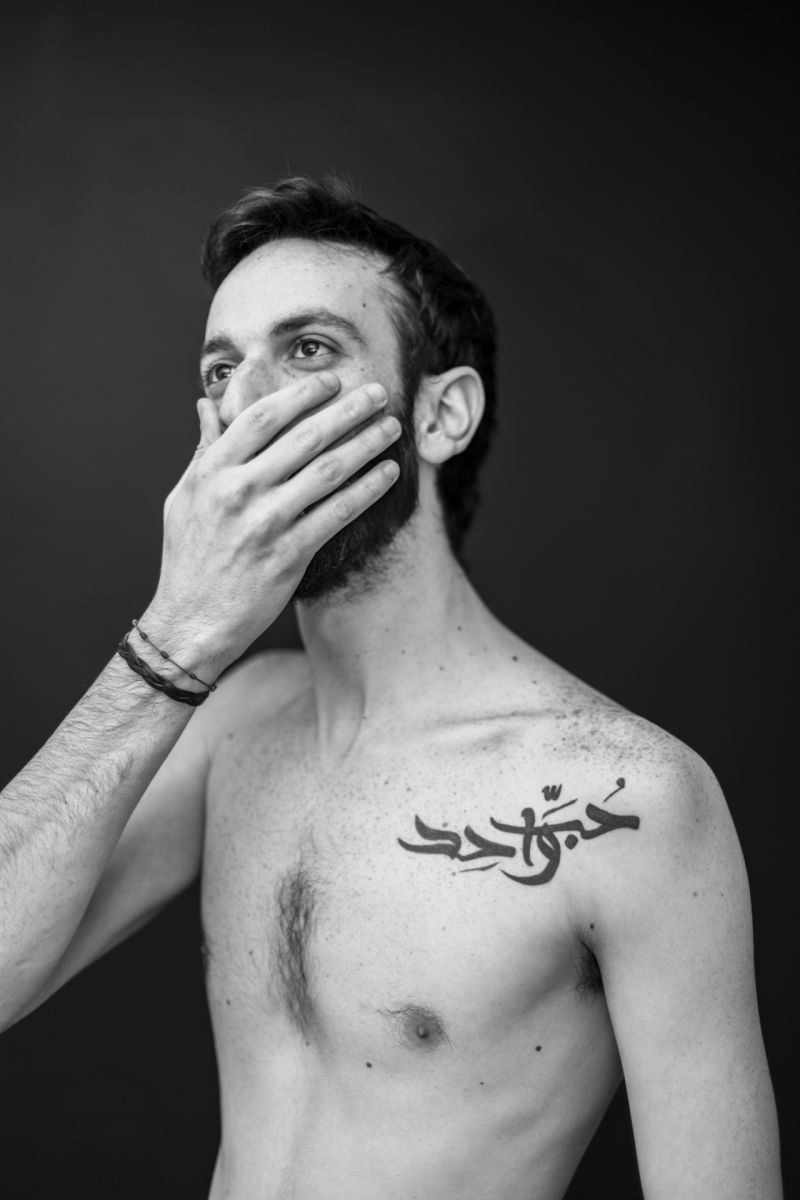Arab Ink: The Changing Perception of Tattoos in the Middle East
Under Islamic religious law, tattoos are often considered “haram” or forbidden. However, photographer Bashar Alaeddin observes a shifting attitude towards tattoos in the Middle East, showcased in his thought-provoking photo-documentary series, Arab Ink.
The Rise of Tattoo Culture
In recent years, tattoos have gained popularity among the youth in various Middle Eastern countries. This change can be attributed to a combination of factors:
- Social Media Influence: The proliferation of social media platforms allows individuals to showcase their tattoos, fostering a sense of community.
- Cultural Exchange: Increased travel and exposure to different cultures have contributed to a broader acceptance of body art.
- Personal Expression: Many individuals view tattoos as a form of self-expression, reflecting their identity, beliefs, and experiences.
Bashar Alaeddin’s Perspective
Bashar Alaeddin has dedicated his work to documenting this transformation. His lens captures not just the ink on skin, but the personal stories behind these tattoos. Each piece of art tells a unique tale of rebellion, love, or remembrance.
Impact of Arab Ink
Through Arab Ink, Alaeddin aims to challenge preconceived notions about tattoos within Muslim communities. His images highlight the intricate designs and the emotional connections people have with their body art, making a strong case for acceptance and understanding.
Conclusion
The narrative surrounding tattoos in the Middle East is evolving, with photographers like Bashar Alaeddin at the forefront. By illuminating the stories behind the ink, Arab Ink fosters dialogue and encourages a closer look at cultural perceptions of body art.




